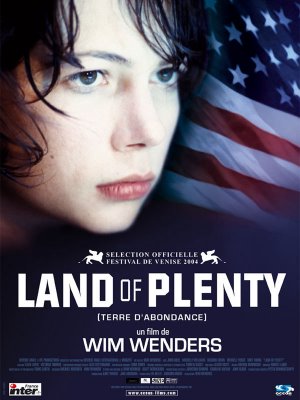Gregg Chadwick
Siddhartha
8"x6" oil on linen 2005
This weekend is the 1st Anniversary of the Santa Monica Studios.
We are holding a free reception which is open to the public.
My studio- #15 will be open.
I will be at Esalen this weekend leading a workshop on Creativity with Phil Cousineau - The Painted Word: A Conversation between Word & Image - Phil Cousineau & Gregg Chadwick at Esalen, Big Sur
But don't worry, Evelyn Gonzalez Figueroa will be studio sitting to answer your questions. Many of the paintings on view in my studio will be part of my next solo exhibition- "Between Moment and Memory" which will be held at the Julie Nester Gallery in Park City, Utah during the Sundance Film Festival.
The historic 22,000 square foot hangar at 3026 Airport Avenue at the Santa Monica Airport will be open on Saturday, December 3rd from 6 to 9 pm. More than 30 artists will open their studios for the event which continues on Sunday, December 4th from 1 to 5 pm.
In the year that Santa Monica Art Studios has been open, it has already become a destination for museum groups, collectors, curators and the general public. Over 3,000 attended the opening celebration in October 2004 that included a ribbon cutting by the Mayor and City Council members. The studios have hosted groups from LACMA, MOCA, Southern California Women’s Caucus for the Arts, Venice Art Walk, Brandeis University, Santa Monica College Mentors Program and the Santa Monica City Schools among many others.
Santa Monica Art Studios also includes ARENA 1, a 2400 square foot gallery where cutting edge work has been featured in shows organized by invited curators. During the anniversary event, ARENA 1 will host “The Shape of Space” a group exhibition curated by Sherin Guirguis and Heather Harmon. Five exhibitions in the past year curated by Malik Gaines, Christine Duval, Diana Kunce and Michael Oliveri, Lee Kwan Hun, and Bruria Finkel have featured artists from Santa Monica, Los Angeles, New York, Miami, China and Korea. Future exhibitions include “Ab Ovo” organized by Steven Hull and “Leaving Aztlan Redux” curated by Kaytie Johnson.
Sherry Frumkin Gallery which has organized several critically acclaimed exhibitions over the past year, will present a solo exhibition of work by Kimberly Squaglia for the anniversary celebrations.
Santa Monica Art Studios hosts a very well received public lecture and discussion series “Categorically Not!” organized by noted science writer KC Cole. The monthly Sunday evening events have included Nobel Prize winning scientists like Roald Hoffman as well as actors such as Julia Sweeney, writers like Jonathan Kirsch, and musicians and visual artists who address a topic selected by Cole and then mix it up with the audience.
Yossi Govrin, an artist with two decades of experience running artist studios in Santa Monica, originally conceived the project as a way to address the loss of affordable studios in Santa Monica and developed the hangar with co-director Sherry Frumkin.
SANTA MONICA ART STUDIOS
3026 Airport Avenue, Santa Monica, CA 90405
Directors: Sherry Frumkin and Yossi Govrin
(310) 397-7449, fax (310) 397-7459






















